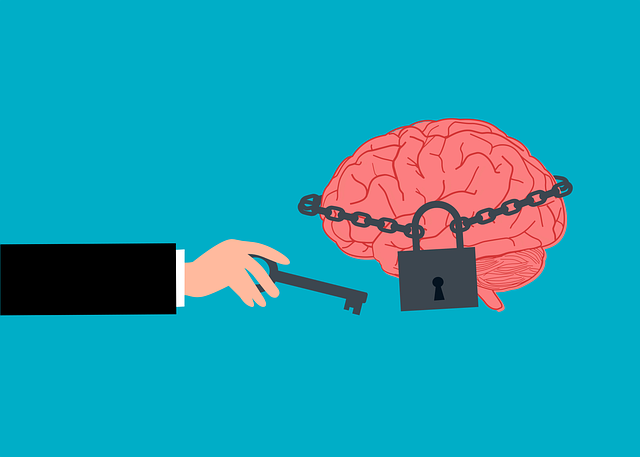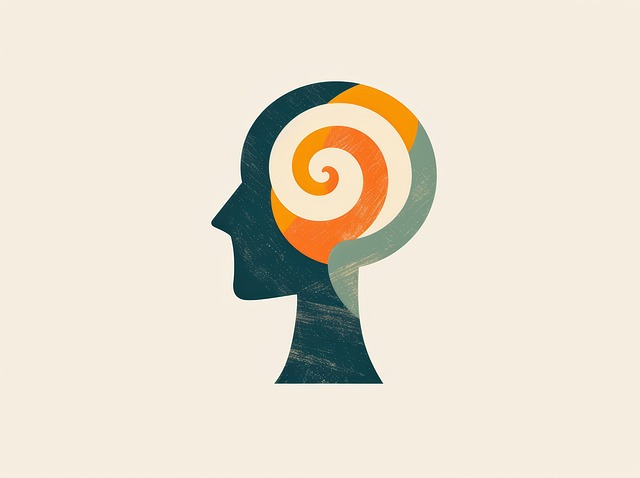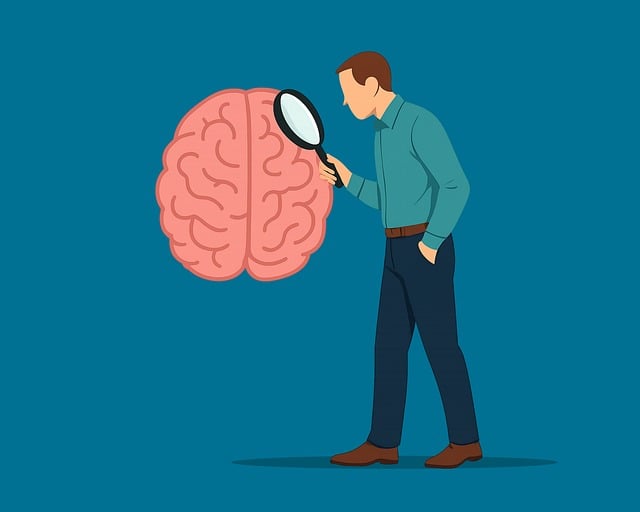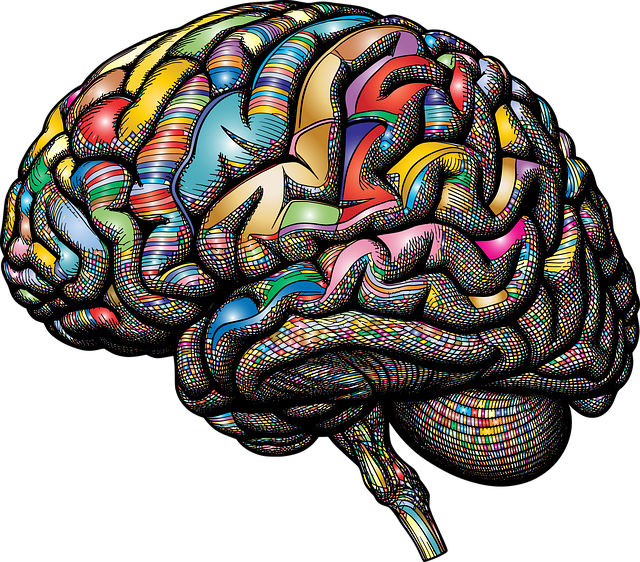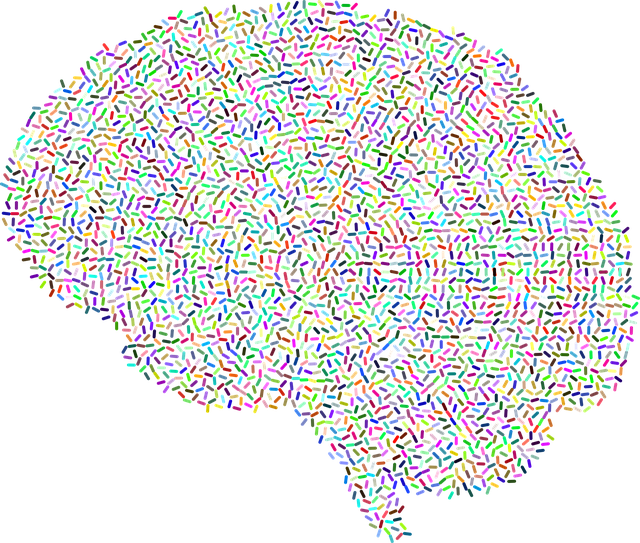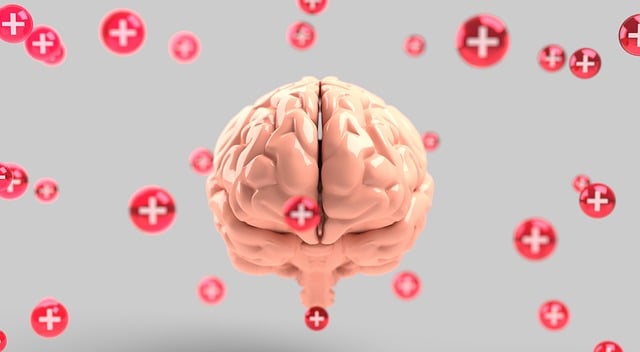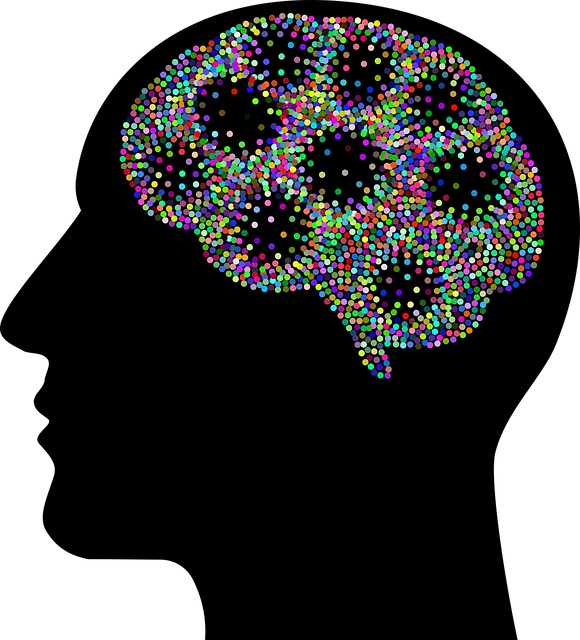Integrating Somatic Experiencing (SE) into elderly care enhances risk assessment by providing a holistic view of seniors' well-being. SE, a therapeutic approach addressing trauma and stress responses through mind-body connection, enables elders to navigate daily lives, improve independence, and mitigate adverse outcomes. By combining comprehensive assessment tools with personalized interventions like mindfulness exercises, journaling, and community outreach programs, caregivers can develop tailored harm minimization plans that support mental health and safety for elderly clients.
“In the realm of elderly care, risk assessment and harm minimization are paramount to ensuring safe and effective therapy practices. This article explores crucial strategies for navigating these critical aspects, particularly focusing on somatic experiencing—a sensitivity towards the body’s response to trauma. We delve into understanding risk assessment in this context, providing therapists with practical guidance on implementing harm-minimization strategies. By examining real-world applications, we aim to enhance risk management plans for therapy settings catering to seniors, fostering a vibrant and secure environment through Somatic Experiencing.”
- Understanding Risk Assessment in Elderly Care: A Sensitivity to Somatic Experiencing
- Harm Minimization Strategies for Therapists Working with Elders
- Practical Implementation of Risk Management Plans in Therapy Settings for Seniors
Understanding Risk Assessment in Elderly Care: A Sensitivity to Somatic Experiencing

Understanding risk assessment is paramount in elderly care, especially when considering the unique sensitivity of somatic experiencing among older adults. Somatic Experiencing (SE) is a therapeutic approach that focuses on resolving trauma and stress responses through the connection between mind and body. For elders, who often carry a lifetime of experiences, SE offers a powerful tool to navigate and mitigate risks associated with their daily lives. By integrating this practice into risk assessment protocols, caregivers can foster a more holistic understanding of an elder’s well-being.
This approach goes beyond traditional crisis intervention guidance and social skills training. It encourages mental wellness journaling exercises that help elders identify and process past traumas, fears, or sensations that might otherwise contribute to heightened risk perceptions. Through SE, risk assessment becomes a sensitive, individualised process, enabling caregivers to create comprehensive harm minimisation plans tailored to each elder’s unique needs and experiences, ultimately enhancing their safety and quality of life.
Harm Minimization Strategies for Therapists Working with Elders

Working with older adults requires therapists to employ specialized harm minimization strategies that cater to their unique needs and challenges. These individuals often face complex issues such as loneliness, depression, and cognitive decline, which can make them more vulnerable to various forms of harm. Therapists should focus on fostering resilience through coping skills development, encouraging social engagement, and promoting meaningful activities. The Somatic Experiencing approach, for instance, can be incredibly beneficial in helping elders process traumatic memories and regain a sense of control over their bodies, thereby enhancing their overall well-being.
By integrating these strategies into therapy sessions, professionals can effectively support the mental health and safety of elderly clients. This involves not only addressing existing conditions but also equipping them with tools to navigate life’s stressors. Through resilience building and depression prevention techniques, therapists enable elders to maintain independence, improve quality of life, and reduce the risk of adverse outcomes.
Practical Implementation of Risk Management Plans in Therapy Settings for Seniors

In therapy settings catering to seniors, effectively implementing risk management plans is paramount for ensuring safe and supportive environments. This involves a multifaceted approach that combines robust assessment tools with tailored interventions. By integrating Self-Awareness Exercises into regular sessions, therapists can enhance clients’ understanding of their emotional triggers and responses, thereby fostering improved coping strategies. Such exercises may include mindful meditation, journaling, or sensorimotor techniques, all aimed at bolstering mental wellness.
Moreover, a successful risk minimization strategy often extends beyond individual therapy to encompass Community Outreach Program Implementation. Organizing group activities, workshops, or social events can create supportive networks where seniors feel connected and valued. For instance, hosting regular art therapy sessions or producing a Mental Wellness Podcast Series catering to their interests can engage and empower this demographic. These initiatives not only enrich therapeutic outcomes but also contribute to the overall well-being of senior citizens through enhanced self-care practices and community integration.
Risk assessment and harm minimization planning are paramount in elderly care, especially when considering the unique needs and sensitivities of those experiencing somatic experiencing. By implementing practical strategies from therapy settings, such as tailored risk management plans, therapists can ensure safe and effective treatment for seniors. Integrating these approaches not only minimizes potential harms but also enhances the overall quality of care, fostering a more secure and nurturing environment for elderly individuals receiving therapy, particularly in understanding their somatic responses.

